
Filter News
Area of Research
- Advanced Manufacturing (6)
- Biological Systems (1)
- Biology and Environment (4)
- Building Technologies (1)
- Clean Energy (60)
- Climate and Environmental Systems (2)
- Computational Engineering (1)
- Computer Science (8)
- Fusion Energy (6)
- Materials (55)
- National Security (5)
- Neutron Science (23)
- Nuclear Science and Technology (11)
- Quantum information Science (3)
- Supercomputing (31)
- Transportation Systems (1)
Date
News Topics
- 3-D Printing/Advanced Manufacturing (15)
- Advanced Reactors (7)
- Artificial Intelligence (12)
- Big Data (7)
- Bioenergy (9)
- Biomedical (5)
- Biotechnology (1)
- Clean Water (5)
- Composites (2)
- Computer Science (35)
- Cybersecurity (5)
- Energy Storage (8)
- Environment (19)
- Exascale Computing (2)
- Frontier (2)
- Fusion (5)
- Grid (5)
- Isotopes (1)
- Machine Learning (5)
- Materials Science (20)
- Mercury (1)
- Microscopy (5)
- Molten Salt (1)
- Nanotechnology (6)
- Neutron Science (18)
- Nuclear Energy (17)
- Physics (6)
- Polymers (2)
- Quantum Science (10)
- Security (2)
- Space Exploration (4)
- Summit (9)
- Sustainable Energy (8)
- Transportation (12)
Media Contacts
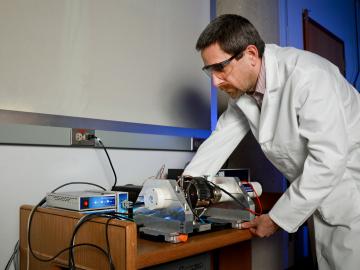
Raphaël Hermann of the Department of Energy’s Oak Ridge National Laboratory conducts experiments to better understand materials for energy and information applications.

Two early career researchers at the Department of Energy's Oak Ridge National Laboratory have been included on the “Periodic Table of Younger Chemists” following an international competition conducted by the International Union of Pure and Applied Chemistry (IUPAC) and the International Younger Chemists Network (IYCN).
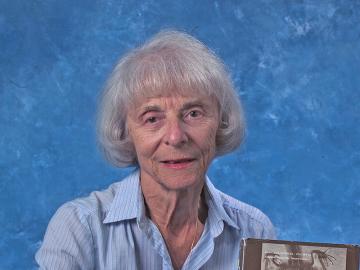
Mammalian genetics pioneer Liane B. Russell died Saturday, July 20. She was 95. Lee, as she was known to friends and colleagues, arrived in Oak Ridge in 1947 with her husband, William L. Russell, to study radiation-induced health effects using mice, which are genetically similar to humans.
A team of scientists led by Oak Ridge National Laboratory have discovered the specific gene that controls an important symbiotic relationship between plants and soil fungi, and successfully facilitated the symbiosis in a plant that

In Hong Wang’s world, nothing is beyond control. Before joining Oak Ridge National Laboratory as a senior distinguished researcher in transportation systems, he spent more than three decades studying the control of complex industrial systems in the United Kingdom.
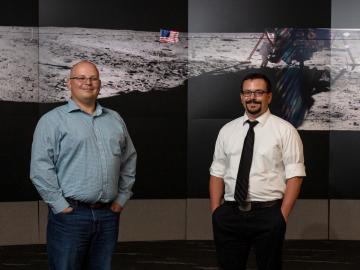
Just minutes after taking one small step for man, one giant leap for mankind, Neil Armstrong deviated from NASA’s meticulously crafted flight plan for the Apollo 11 mission. According to NASA’s lunar surface operations plan, Armstrong’s top priority after his famous first steps should have been to immediately take a contingency sample—a small sample of soil—to provide scientists at least a piece of the moon if the mission had to be abandoned early.
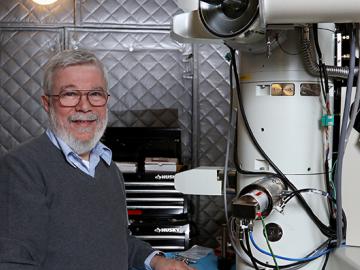
Larry Allard, distinguished research staff member at the Department of Energy’s Oak Ridge National Laboratory, has received the 2019 Microanalysis Society Presidential Science Award.
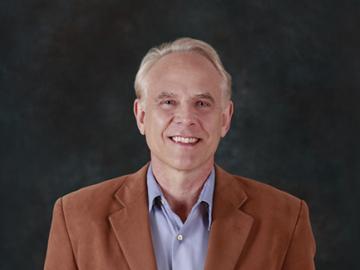
Bruce Moyer, leader of the Chemical Separations group in the Chemical Sciences Division at the Department of Energy’s Oak Ridge National Laboratory, has won the 2019 Glenn T. Seaborg Award from the Actinide Separations Board.

Oak Ridge National Laboratory has teamed with Cornell College and the University of Tennessee to study ways to repurpose waste soft drinks for carbon capture that could help cut carbon dioxide emissions.

Scientists at Oak Ridge National Laboratory studying quantum communications have discovered a more practical way to share secret messages among three parties, which could ultimately lead to better cybersecurity for the electric grid


